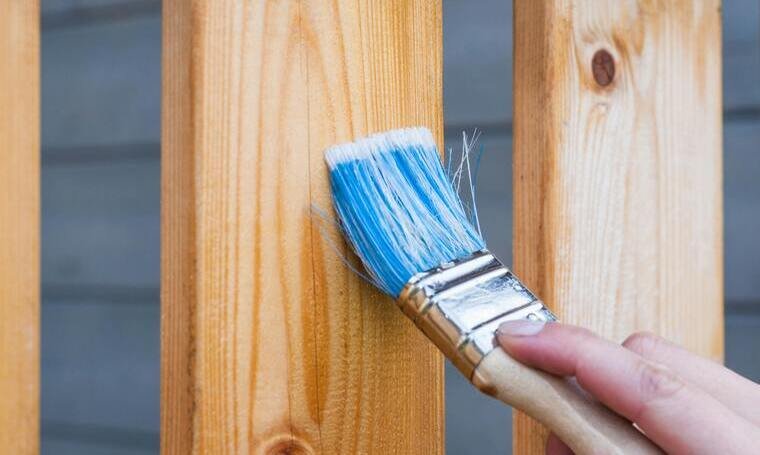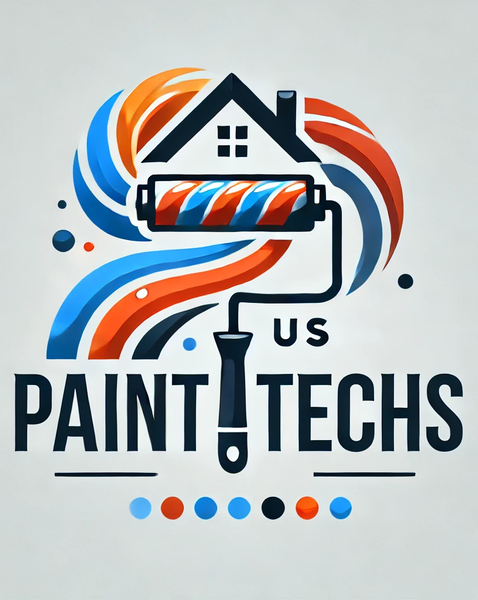
How to Paint Over Water Damage: Essential Tips for Homeowners
How to Paint Over Water Damage: Essential Tips for Homeowners
Water damage is a common issue in Jacksonville, Florida, especially after the stormy season. Unsightly stains, bubbling paint, and peeling walls are more than just cosmetic concerns—they can point to underlying problems that require attention. But the good news is, with the right techniques, you can restore your home’s beauty and integrity.
In this guide, we’ll cover how to identify water damage, prepare surfaces, choose the right materials, and apply painting techniques for a professional finish.
Spotting Water Damage
Identifying water damage is the first step before diving into repairs. Key signs include:
- Discoloration: Yellow or brown stains on ceilings and walls.
- Peeling or Bubbling Paint: Caused by moisture disrupting paint adhesion.
- Cracks: Fine lines in drywall may signal moisture weakening the structure.
- Musty Odors: A persistent smell could indicate mold or mildew.
- Mold Growth: Dark spots often mean prolonged moisture exposure.
Address the root cause of water damage—such as roof leaks or plumbing issues—and dry the affected areas thoroughly using fans or dehumidifiers before starting repairs.
Preparing Surfaces for Painting
Proper preparation is crucial for a smooth, durable finish.
Clean the Area
Use a bleach solution (1 cup bleach to 3 cups water) to eliminate mold and lighten stains. Rinse with water and let the area dry completely.Sand the Surface
Sand down peeling paint or rough patches with fine-grit sandpaper. Clean off any dust with a damp cloth.Fill Cracks or Holes
Apply joint compound to fill imperfections, let it dry, and sand it smooth.Apply Stain-Blocking Primer
Use a high-quality stain-blocking primer to seal stains and prevent bleed-through.
Choosing the Right Paint
Selecting the right paint ensures long-term protection and a polished finish.
- Moisture-Resistant Paints
Opt for products designed to resist mold and mildew, like Zinsser Perma-White. - Semi-Gloss or Satin Finishes
These finishes are durable, easy to clean, and less prone to moisture absorption. - Light Neutral Colors
Shades like beige or soft white help mask minor imperfections.
Painting Techniques for Success
Follow these techniques for a flawless result:
- Use Thin Coats
Apply two to three thin coats of paint, letting each layer dry completely. - Employ the ‘W’ Technique
Roll paint in a ‘W’ pattern for even distribution and smooth coverage. - Detail Work with Angled Brushes
Use angled brushes for edges and corners to ensure a professional look.
Preventing Future Water Damage
Protect your home by addressing vulnerable areas:
- Inspect roofs, gutters, and plumbing regularly.
- Use waterproof coatings in high-moisture areas like bathrooms.
- Install dehumidifiers to control indoor humidity.
Let Paint Techs US Handle It
Tackling water damage can be overwhelming. At Paint Techs US, we specialize in restoring homes to their full potential. Our team ensures every detail is addressed, from repairs to the final coat of paint, leaving your space looking as good as new.
Why Choose Us?
- Experienced professionals who identify and fix issues thoroughly.
- High-quality materials tailored to Jacksonville’s humid climate.
- Customized solutions for both interiors and exteriors.
Don’t let water damage dampen your home’s charm—contact Paint Techs US today.
📧 info@paint-techs.us
📞 +19047627062
📍 2783 Anniston RD, Jacksonville, FL 32246, USA
Let us bring your vision to life with a seamless, lasting finish!

 Paint Techs US
Paint Techs US
